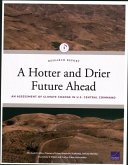
Broschiertes Buch
An Assessment of Climate Change in U.S. Central Command
8. Januar 2024
RAND Corporation
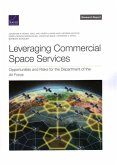
Broschiertes Buch
Opportunities and Risks for the Department of the Air Force
15. November 2023
RAND Corporation
Ähnliche Artikel

Broschiertes Buch
8. Februar 2024
RAND Corporation

Broschiertes Buch
8. Januar 2024
RAND Corporation
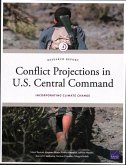
Broschiertes Buch
Incorporating Climate Change
8. Januar 2024
RAND Corporation

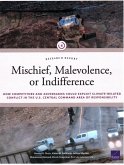
Broschiertes Buch
How Competitors and Adversaries Could Exploit Climate-Related Conflict in the U.S. Central Command Area of Responsibility
8. Februar 2024
RAND Corporation
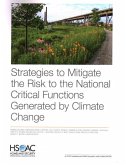
Broschiertes Buch
15. Februar 2024
RAND Corporation
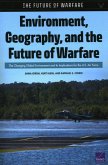
Broschiertes Buch
The Changing Global Environment and Its Implications for the U.S. Air Force
30. April 2022
RAND Corporation
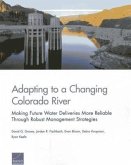
Broschiertes Buch
Making Future Water Deliveries More Reliable Through Robust Management Strategies
30. November 2013
RAND Corporation

Broschiertes Buch
1. Januar 2004
American Water Works Association
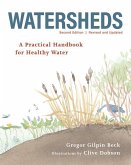
Broschiertes Buch
A Practical Handbook for Healthy Water
2nd Second Edition, Revised and Updated edition
14. Februar 2022
Firefly Books
Ähnlichkeitssuche: Fact®Finder von OMIKRON
